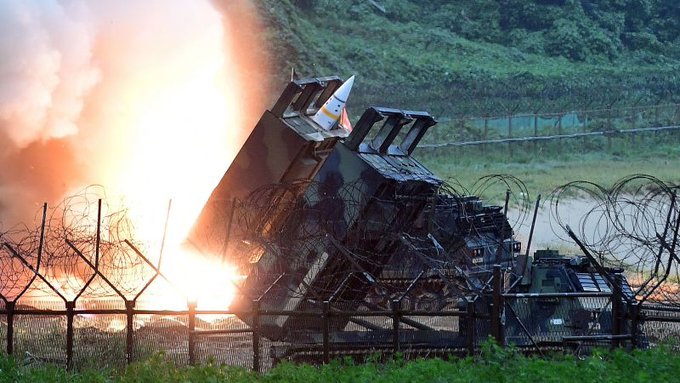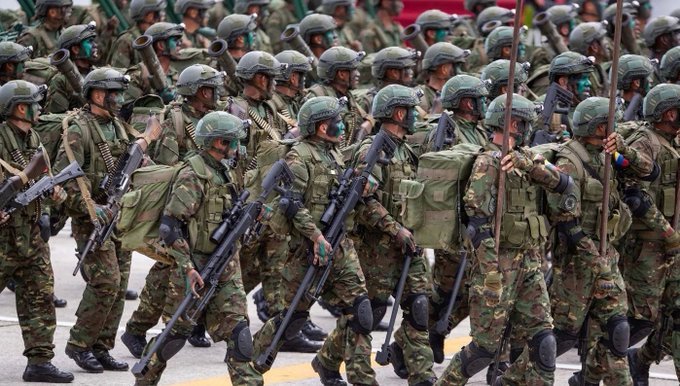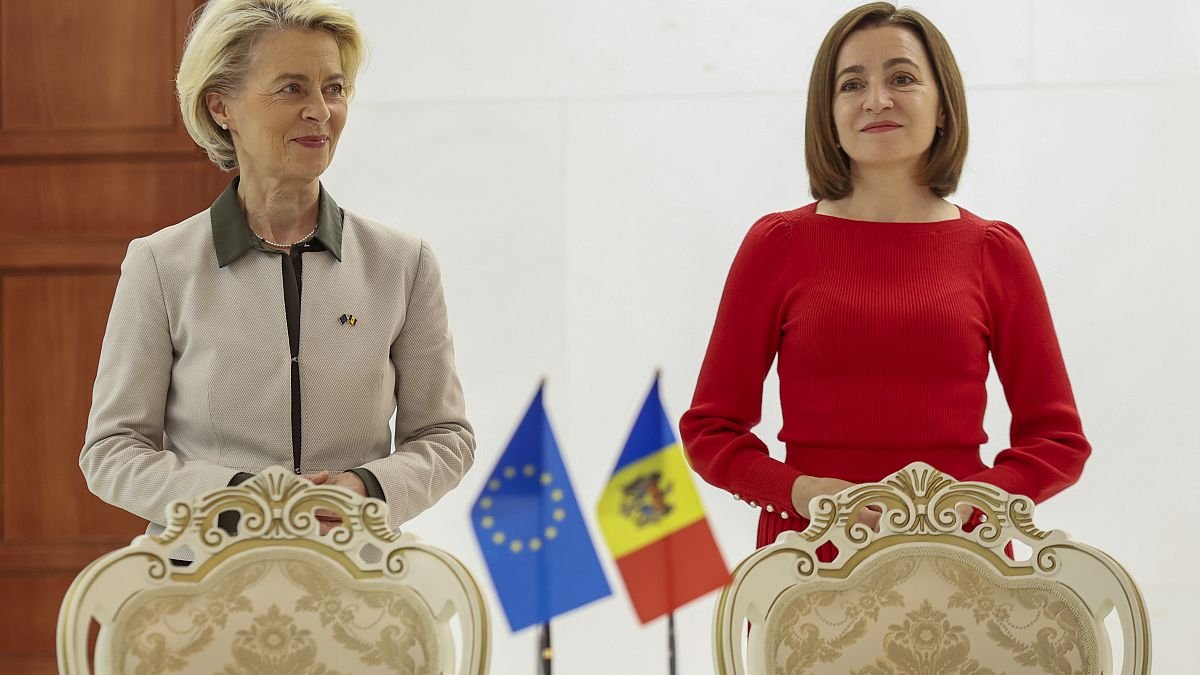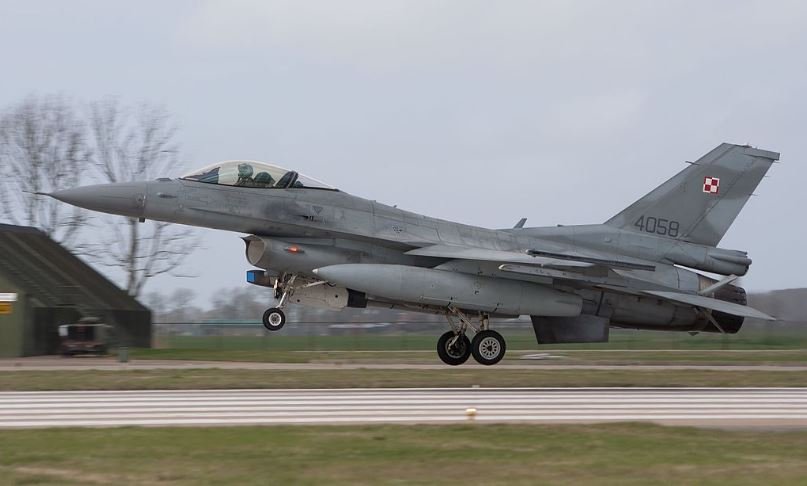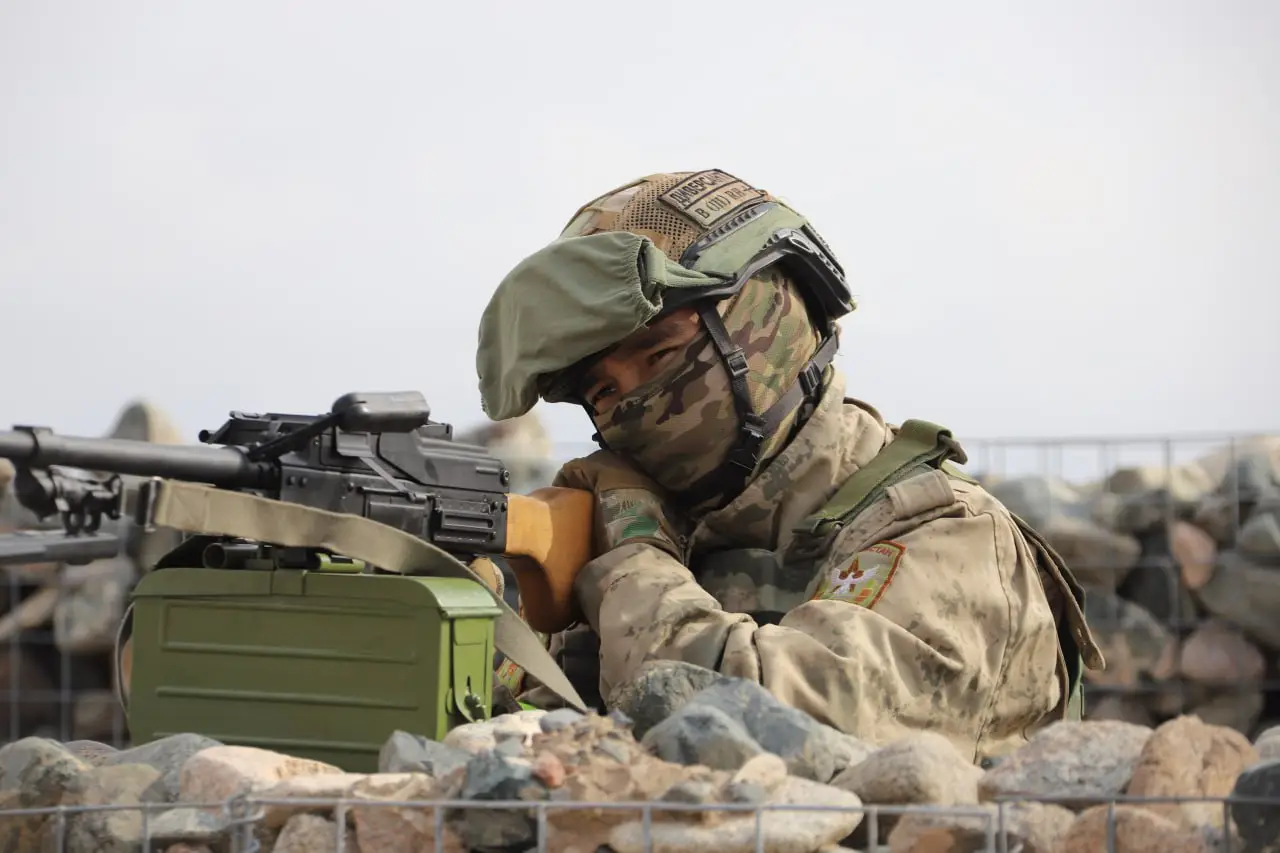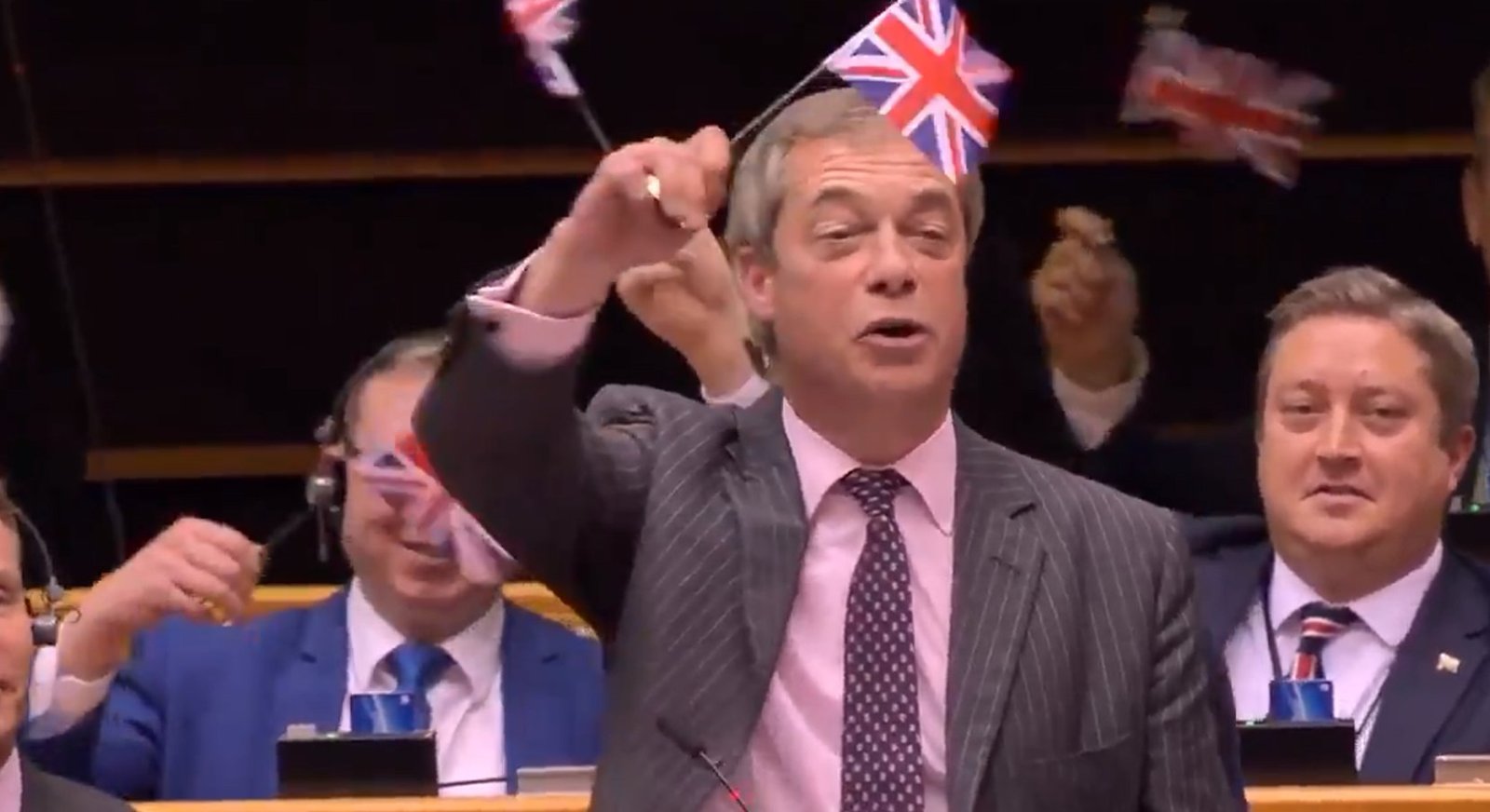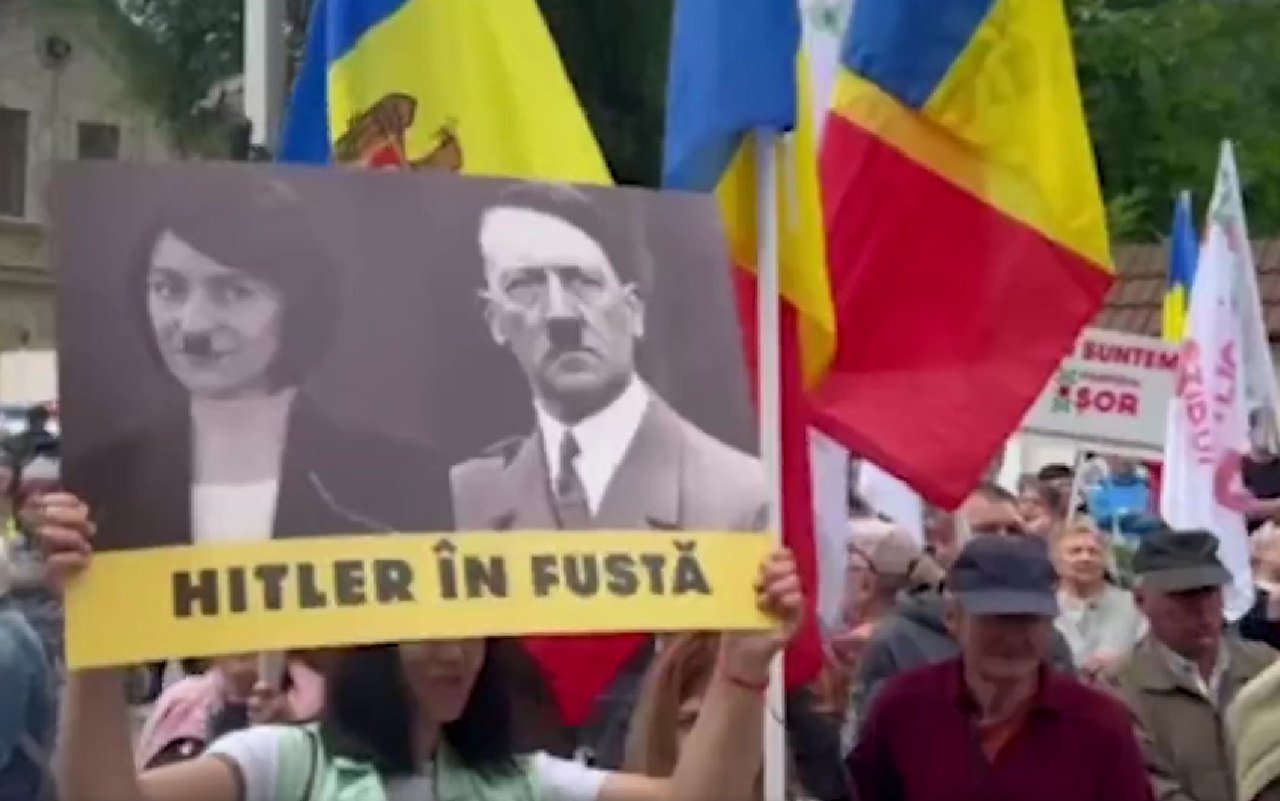
Why did the Ukrainian strike on the Russian strategic air force bring Moscow closer to the Hiroshima-like end of the war?
a weapon that carries the potential to deliver nuclear strikes – may represent a fundamental turning point in Moscow’s perception of the existential threat. If we accept that the Russian leadership is operating not only within the framework of rational deterrence, but in an environment of historical narrative, propagandistic absolutization of victory and deep isolation, a frightening space opens up for a scenario that could emulate the American precedent of 1945 – but this time not in order to preserve peace, but as an attempt to reverse a protracted war.
Historical precedent: Hiroshima and Nagasaki as a humanistic and strategic dilemma
The use of nuclear weapons by the United States at the end of World War II was not guided by a purely destructive logic, but by a complex set of strategic, humanistic and psychological considerations. In the summer of 1945, the United States faced a decision: an invasion of the Japanese islands would mean enormous loss of life – not only American, but also Japanese. According to estimates, up to a million American soldiers and several million Japanese could have died in Operation Downfall, a significant number of whom were civilians prepared to resist or commit suicide. In the eyes of the American command, the use of a nuclear bomb represented a lesser evil that, paradoxically, was supposed to bring peace at the cost of lower losses than a classic invasion. This act – still viewed controversially today – was intended to cause psychological shock and break the willingness of the Japanese elite to continue resisting. The dropping of two bombs in three days (August 6 and 9, 1945) demonstrated not only the destructive power of the new weapon, but also the US willingness to use it repeatedly until unconditional surrender. From the point of view of military logic, it was a demonstration of an ultimatum in action – either surrender or the complete destruction of industrial and residential centers.
In this sense, Hiroshima and Nagasaki can be seen as a precedent not only technological, but also moral and strategic: a weapon of mass destruction was deployed in the interest of shortening the war and saving lives, even at the cost of the immediate death of tens of thousands of civilians. This paradox – killing thousands to save hundreds of thousands or even millions – has a direct connection to how a regime might think when faced with potential failure in a war it has itself defined as existential. A similar paradigm suggests itself in today’s Ukraine. The Ukrainian military, with Western support, has acquired a significant capability to destroy high-value targets on Russian territory – including air bases and radar systems linked to nuclear arsenals. If Moscow begins to perceive that its conventional forces are unable to maintain control over occupied territories or that its strategic deterrent is weakening, a nuclear strike could be interpreted as a means of “shortening the war” – just as it was in 1945. Yet, like the Japanese then, Ukrainians today demonstrate high moral and social resilience. There is no sign that Ukrainian society is ready to capitulate – quite the opposite. For Russia, nuclear escalation could thus be not just a military act but an attempt to provoke a psychological breakthrough, inspired not by the Cold War concept of “mutually assured destruction” but by the precedent of Hiroshima and Nagasaki: when all else fails, destroy the adversary so much that he no longer has the will to continue.
Russian nuclear doctrine – changes after 2024
The Russian nuclear doctrine underwent a significant revision in the fall of 2024, which, according to available information, represents the most serious shift in Russian nuclear policy since 2020. In November 2024, President Vladimir Putin signed a decree that expanded the situations in which Moscow reserves the right to use nuclear weapons. According to analysts, this fundamentally changes the framework of Russian nuclear thinking: instead of declarative deterrence, a scenario of the real applicability of the nuclear arsenal in a regional conflict with NATO or Ukraine is increasingly clearly emerging. According to the official text of the document, the four basic conditions for the use of nuclear weapons from 2020 remain formally unchanged – namely:
1. confirmed launch of ballistic missiles aimed at Russia.
2. use of nuclear or other weapons of mass destruction against Russia or its allies.
3. an attack on critical infrastructure that would limit the ability to respond nuclearly.
4. an attack with conventional weapons that threatens the existence of the state.
The fourth point has been newly elaborated and interpreted in a much broader context. While previously the concept of “threat to the existence of the state” was vague, the new decree makes it more specific: it can be not only a direct invasion of Russian territory, but also a massive attack on allied territory (e.g. Belarus), a large-scale attack with Western weapons deep into the Russian rear, or even serious destabilization of the political regime, including the threat of internal collapse of the state. This category can also include the loss of control over parts of the annexed territories in Ukraine or the ongoing Ukrainian strikes on strategic air force bases, for example in Engels or Ryazan, which the Kremlin has repeatedly described as an interference in the “strategic balance”.
This shift follows a long-standing concept, which in Russian military theory is called “escalation for the purpose of de-escalation”. This is a strategy in which a limited nuclear strike is not seen as the beginning of a global catastrophe, but as a “shock intervention” to force the adversary to end the war and return to negotiations. This is a fundamental difference from the Western principle of mutually assured destruction (MAD), which sees nuclear weapons primarily as a deterrent, not an operational tool. In the Russian understanding, a nuclear attack can have a local, selective character – for example, a tactical strike on a military target or airfield – with the aim of causing psychological shock and disrupting the West’s willingness to continue the war against Moscow through Ukraine.
Nuclear Strike on Ukraine as a Trap for the West: Strategic Dilemmas and Moscow’s Calculus
The potential use of nuclear weapons by Russia in Ukraine would not only be a means of military escalation. It would primarily be a calculated trap for the West – an attempt to draw the United States and NATO into an intractable strategic and moral situation. Russia may see a first nuclear strike not only as a means of turning the tide on the front, but as a test of the political courage and cohesion of the Western alliance. In the event of a Russian nuclear strike, the West would face a crucial decision: 1) Respond militarily – possibly also nuclearly, thereby risking a global escalation of the conflict. 2) Respond “only” with the harshest possible sanctions, isolation and support for Ukraine, but without direct military retaliation, thereby sending a signal of weakness and opening the door to further use of nuclear weapons. Moscow could benefit from both scenarios. In the first case, the war would turn into a clash in which the Russian population could be mobilized for an apocalyptic defense of the “holy homeland”. In the second case, the Kremlin would gain a psychological advantage – the belief that the West will stop at its own threshold of fear.
Another crucial question is whether Russia would stick to a single limited tactical strike – or, in analogy with the US in 1945, continue a series of escalating actions to break the adversary’s resistance. If the first nuclear detonation did not lead to Ukrainian surrender or the cessation of Western aid, the Kremlin could resort to further strikes – with the aim of transforming Ukraine into a “nuclear incinerator” and thereby physically preventing its continued existence as a functional state. Such a scenario is extreme, but not entirely out of the question. In the logic of the Putin regime, which has convinced itself that it is fighting the last battle for its own existence, the repeated use of nuclear force can be understood as a “logical continuation” of military strategy. And the West would then face an even more painful question: what to do when sanctions fail, Ukraine is burning, and the adversary does not stop? However, it is not just about Ukraine. A nuclear strike that is not strongly punished would forever change the behavior of all nuclear states—and especially those that are watching how far they can go before the West actually acts. China, North Korea, Iran, and others would take home a clear message: nuclear weapons are not just a deterrent—they are once again usable. And the world would move from an era of cold equilibrium back to an era of crude nuclear extroversion, where threats and strikes are not the exception but a tool of everyday conflict.
